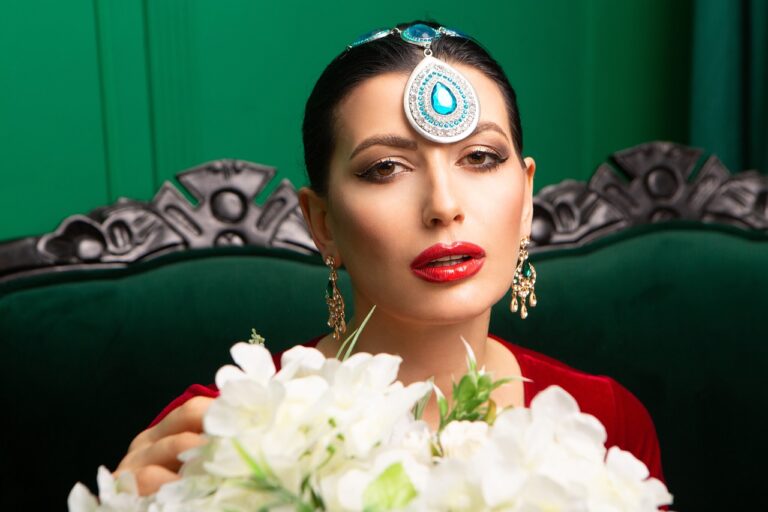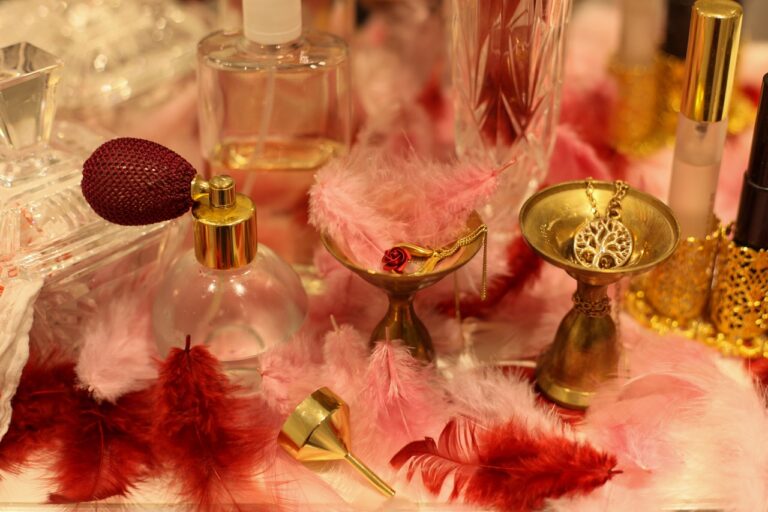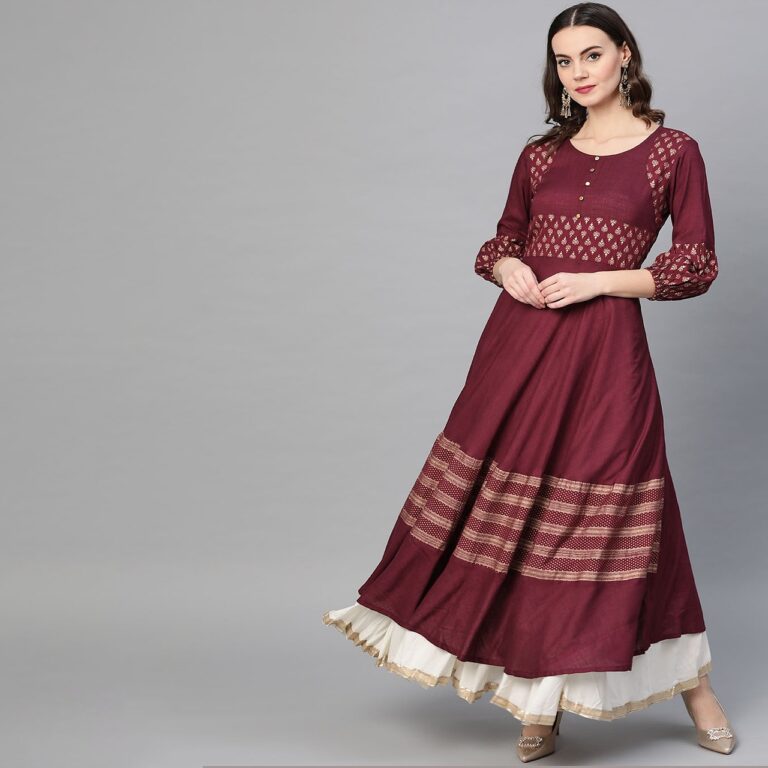The Psychology of Color in Fashion: How Different Shades Evoke Emotions
Color plays a crucial role in the fashion industry, influencing not only our clothing choices but also our emotions and perceptions. Different colors can convey varying messages and evoke diverse reactions from individuals. The use of color in fashion can communicate a sense of style, personality, and even cultural significance.
Fashion designers carefully select colors to create a visual impact and convey a specific mood or theme in their collections. Whether it’s the boldness of red, the calmness of blue, or the freshness of green, colors have the power to set the tone for a fashion piece and capture the attention of the audience. Understanding the psychology of color in fashion can help individuals make informed choices about their clothing to express themselves effectively.
The Science Behind Color Perception
Color perception is a fascinating field of study that delves into how our brains interpret and respond to different hues and shades. Through intricate processes in our visual pathways, the light waves that reflect off objects are translated into the vibrant array of colors we see each day. The human eye contains specialized cells called cones, which are responsible for detecting specific wavelengths of light and signaling the brain accordingly.
Interestingly, our perception of color is not solely determined by the object itself but is also influenced by various factors such as lighting, context, and individual differences in color vision. The brain plays a crucial role in processing and making sense of the signals received from the eyes, allowing us to distinguish between a multitude of colors and their nuances. This intricate interplay between our eyes and brain highlights the complexity and richness of the science behind color perception.
How Warm Colors Influence Emotions
Warm colors such as red, orange, and yellow have the ability to evoke a range of emotions in individuals. Red is often associated with passion and energy, while orange can bring a sense of warmth and enthusiasm. Yellow, on the other hand, is known for its uplifting and cheerful qualities. These colors can elicit feelings of excitement, happiness, and optimism when incorporated into fashion choices.
The use of warm colors in clothing and accessories can also have a subconscious impact on how others perceive us. For example, wearing a red dress may convey confidence and assertiveness, while opting for a yellow sweater could portray a friendly and approachable demeanor. By understanding the emotional cues associated with warm colors, individuals can use fashion as a tool to express themselves and communicate nonverbally with those around them.
How do warm colors influence emotions?
Warm colors, such as red, orange, and yellow, are often associated with feelings of warmth, energy, and excitement. They can evoke emotions ranging from passion and joy to anger and aggression.
Can warm colors impact our mood in fashion?
Yes, warm colors can have a significant impact on our mood in fashion. Wearing clothing in warm hues can make us feel more energized, confident, and vibrant.
What is the science behind color perception?
Color perception is influenced by how our brains interpret different wavelengths of light. Warm colors tend to have longer wavelengths, which can create a sense of warmth and intensity in our minds.
Are there any cultural differences in how warm colors are perceived?
Yes, cultural differences can play a role in how warm colors are perceived. For example, in Western cultures, red is often associated with love and passion, while in some Eastern cultures, it may symbolize luck or prosperity.





